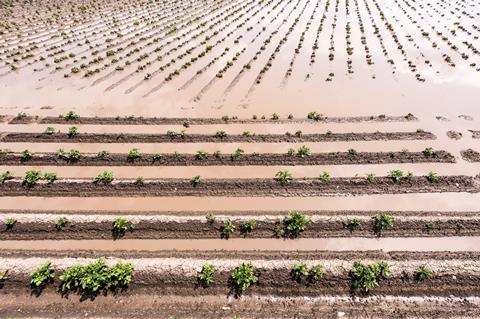
UK fruit & veg production declined significantly in 2023, new Defra data has revealed.
While the value of home-produced fruit & veg saw an increase of 3.1% and 10% respectively, volumes and planted areas slumped in the wake of challenging growing conditions throughout 2023 that have continued into 2024.
Veg yields decreased by a total 4.9% to 2.2 million tonnes, Defra’s data showed, while the production volumes of fruit decreased by 12% to 585,000 tonnes.
The growing area for veg was also down, falling by 6.5% to 101k hectares. The weather had a major role to play in this slump as a wet spring delayed planting and then a dry early summer put those without irrigation at a disadvantage.
Wet weather returned in July, which persisted until the end of the year, leading to significant harvesting and disease issues, Defra said.
As a result, the planted area of brassicas decreased by 3.1% to 23k hectares, leading to a 0.4% fall in broccoli yields and a 9.2% year-on-year fall in cauliflower volumes.
Onions also suffered amid last year’s volatile weather, with volumes down by 13% against a fall in production area of 3.6%.
Meanwhile, carrot yields were also down significantly, slumping by 7.2% as wet weather in March and April hampered planting.
General election: What are the main parties promising on food and farming?
Production of protected vegetables – grown in a protected environment, glasshouse or polythene tunnel; including tomatoes and lettuce – also fell by 1.9% to 235k tonnes, despite the area used increasing by 4.9%. This represented the eighth year in a row where protected vegetable production has fallen since peak production in 2015.
“The latest set of Defra stats highlight the challenges growers have faced in the last 12 to 18 months with weather-related risk and extraordinary levels of input cost inflation,” said Julian Marks, group CEO of Barfoots.
“Though inflation has eased somewhat recently, it hasn’t gone away and weather risks have intensified over the winter, with heavy rain affecting soils and the ability of growers to plant for the coming season,” Marks added.
“Reductions in cropped areas are in some cases a reflection of growers choosing to mitigate the risk of growing vegetable crops and choosing alternatives to arable.”
The results marked “another depressing set of statistics”, added Lee Stiles, secretary of the Lea Valley Growers’ Association.
“The value had to increase due to the increased cost of production, these include wage increases, energy and input cost rises. However, growers are still only achieving profit margins of around 3%.”
Their comments were echoed by Riverford founder Guy Singh-Watson, who described the data as a “wake-up call, showing the dire state of British horticulture”.
Pointing to to issues around low returns faced by growers from buyers – another key issue driving the decline in planting, he added: “We urgently need a long-term and legally defined plan from government – not just on the environment, but to tackle the exploitative practices of supermarkets and their suppliers. It’s high time we reinstated honesty and decency in our supply chains.”
In fruit, home production contributed to 16% of the total UK supply in 2023, down from the 2022 figure of 17%.
Does Buy British stand a chance? Fresh produce category report 2024
Production levels fell by 12% to 585k tonnes compared with 663k tonnes in 2022, with the area used declining by 1.8% to 32k hectares.
Soft fruit, despite increasing in value, saw production levels fall, with strawberries down to 106k tonnes, a drop of 11% compared with 2022.
Meanwhile, top fruit fared even worse, with orchard fruit as a category declining in both value and volume. Cox’s apples saw particular decline (down 13% compared with 2022 and 69% compared with 2010) as growers grubbed orchards of the variety to keep up with consumer demand favouring gala and braeburn varieties.
However, Ali Capper, executive chair of British Apples & Pears, questioned the veracity of some of Defra’s data, particularly when it came to value sales.
She said: “The Defra data says ’the value of dessert apples decreased by £38 million to £152 million in 2023’ but then goes on to claim this is a ’20% increase on 2022’, which doesn’t seem to make sense. Our own data in terms of returns to growers, showed a much smaller 7% average increase in returns from UK supermarkets in 2023. That’s far from the 20% increase in value that Defra is quoting.”
The data comes a month-and-a-half after the prime minister’s Farm to Fork Summit, where the government unveiled a fresh package of farm support alongside the first UK Food Security Index and called on farmers and growers “to go further” to secure the nation’s food supplies.
The index concluded food security was ‘broadly stable’ in 2023/24. However, NFU president Tom Bradshaw warned after the summit the situation would take a drastic turn in its next iteration in the wake of further bad weather since the turn of the year – which also points to the potential of further falls in productivity in Defra’s veg production data next year.





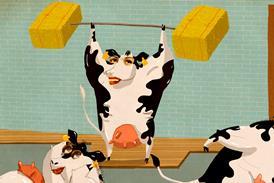
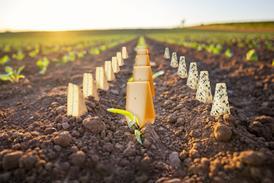
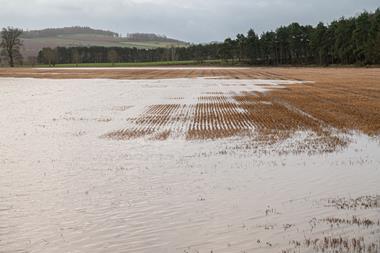
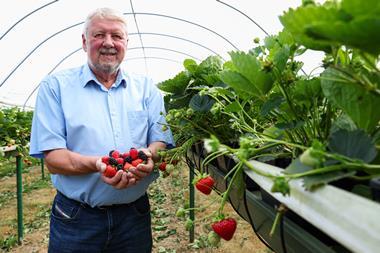


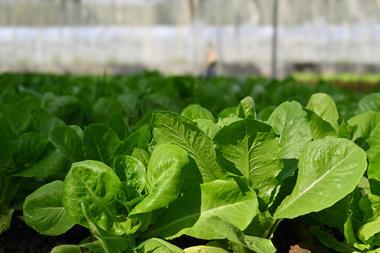
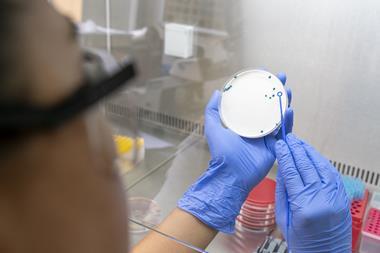






No comments yet